The NFT world is constantly changing. Even though the community is in the early adopter stages, there is increased use in what could be one of the greatest database storage that uses an Interplanetary File System (IFS).
If you don’t want to miss this train, you must learn the basics about the buy and sell NFT process. What is more, keep in mind that almost everything can become an NFT if it has value.
From a music file to photography or audio, you can turn that into a helpful NFT in a few simple steps. Read on if you want to learn what minting NFT means and how to do it yourself!
This article is a segment of a more extensive piece about NFT basics.
Explaining NFT Minting
Minting an NFT is creating a unique, traceable, and exchangeable token that represents something of value and storing it on the blockchain.
You can mint any digital file or items, and they will be stored on decentralized databases with the characteristics you determine. After publishing, features can’t be modified, edited, or deleted.
After the process, the NFT is stored in your wallet – if you minted it with decentralized software – or in the inventory of a centralized platform.
An artist can mint one and promote it as a single digital art or develop collections. We will discuss this further in the sections below.
Overall, minting NFTs is turning something of value into digital assets that can be transformed to sell in an online marketplace and make a profit.
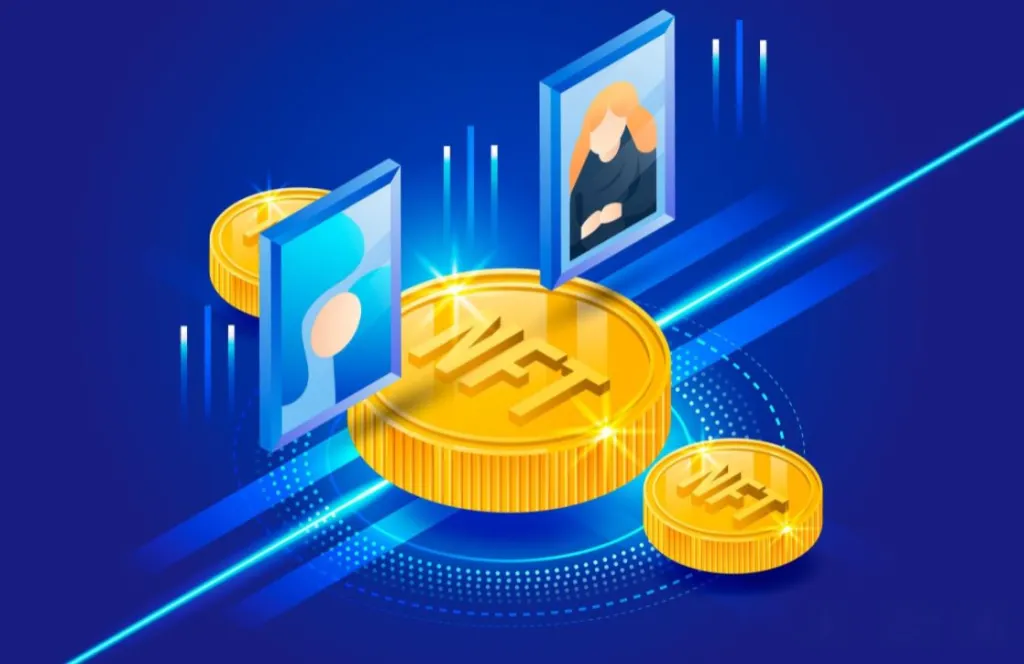
How Does The Minting Process Work?
Minting an NFT is a straightforward process. You’re taking a digital artwork and converting it into a digital asset stored in the blockchain so you can sell it on an NFT marketplace. Just imagine how a physical coin is created backed up with gold.
You need to use a platform like Rarible with the Lazy Minting feature – which makes the NFT creation process easy – and include the necessary files like description, number of tokens, blockchain network, name, etc. This process requires funds to pay for transactions and previous cryptocurrency knowledge to understand all that’s happening in the back end.
Now, the entire NFT creation process takes about 30 minutes, depending on whether you know the platform where you’re doing it. You will have your own NFT on your crypto wallet, ready for sale.
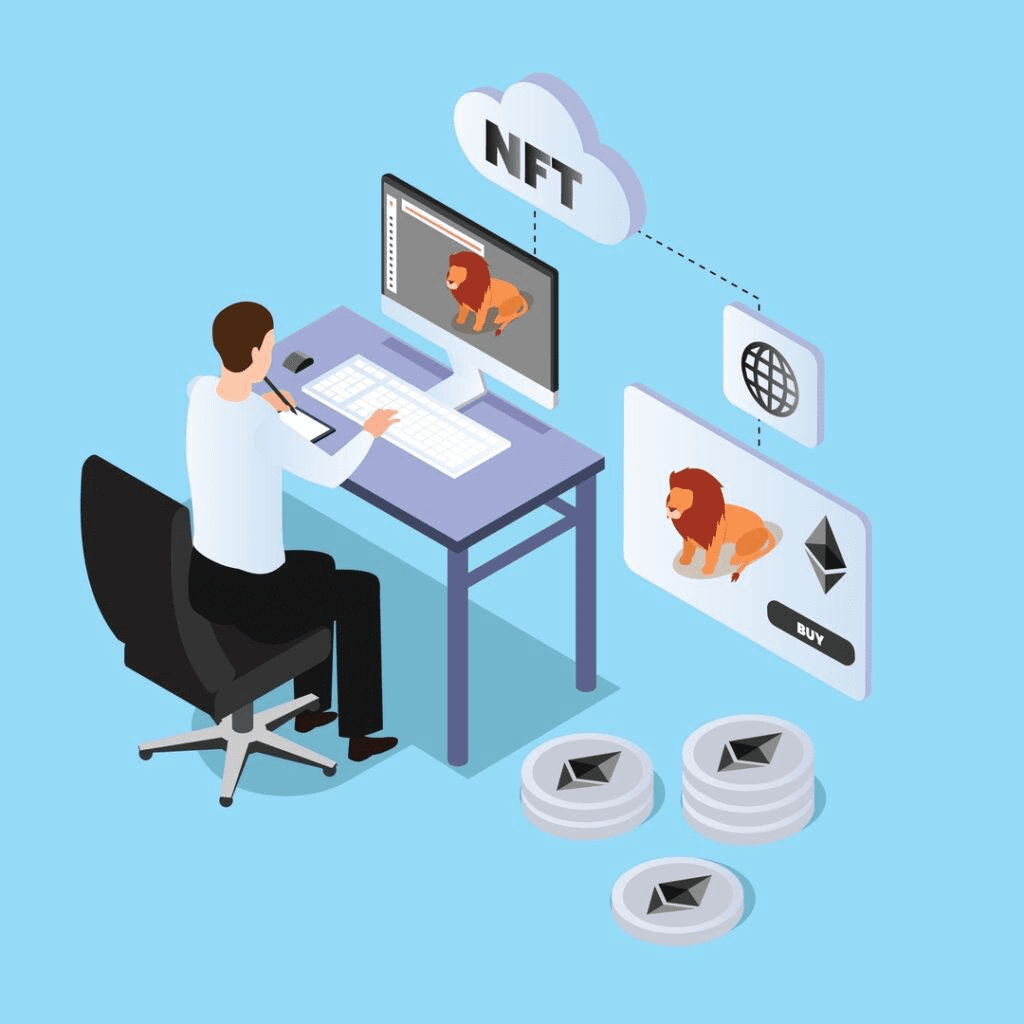
Minting Fees To Take Care Of
Like any operation related to money, there are fees you must consider when you mint an NFT. These charges are like “taxes” you must include in your overall cost of production when you list assets in an NFT marketplace.
The exact fees you have to pay when minting NFTs are:
- Gas fees: These are the most common operations you’ll be doing. Each transaction you do on the blockchain requires a gas fee. During the minting process, you’ll be making at least two.
- Platform fees: Depend on the NFT platforms you use to mint NFT. Some don’t charge users for creating non-fungible tokens, only for selling NFTs.
- Listing fees: This regular fee applies to creators when they list their NFT collections. Popular NFT marketplaces will charge you a fee for this.
When minting, you have to consider factors that can affect the final price of your NFT token and are reflected in how much fees cost when signing smart contracts. These are:
- Secondary sales price.
- The time of minting the NFT. Nights are usually cheaper than daytime.
- Blockchain network congestions.
Creating your first NFT could cost you around $1 and $500 in fees, depending on the network situation.
Considerations Before Creating NFTs
As an artist, minting NFTs means opportunities for recognition. Each non-fungible token has its priorities and characteristics. Yet, when you’re selling NFT, you should consider the following:
- Decentralize ownership: When you create an NFT, and someone buys it, you share the digital asset’s ownership with those who paid for it.
- The NFT world is constantly evolving: You create an NFT based on an image, gif, photo, etc. But in the future, who knows what can become a non-fungible token? Now, there are more applications that you could take advantage of.
- Unique selling proposition in the NFT world: Selling NFT differs entirely from operating a traditional store. You’re offering unique items that can’t be replicated. That’s why, when listing in NFT markets, you must ensure that you create NFTs with value.
- Online preserved characteristics: Creating an NFT means storing something online in a decentralized digital database that will make it unique and uneditable. This will maintain its value while also giving a digital certificate of authenticity.

How To Start Minting an NFT In Simple Steps
We have gathered the steps you must follow to create your first NFT collection as a digital entrepreneur and list it in the significant NFT marketplaces.
Stay tuned!
Develop a Digital Art Portfolio
The first thing you must do is create digital files that will soon become your NFT collection. Consider the items’ usability and what they will represent. They can be:
- Online gaming items.
- Trading cards.
- Songs.
- Videos.
- Books.
- Animations.
- Pictures.
- Certificates.
The point is that they need to be relevant to the market and represent your brand.
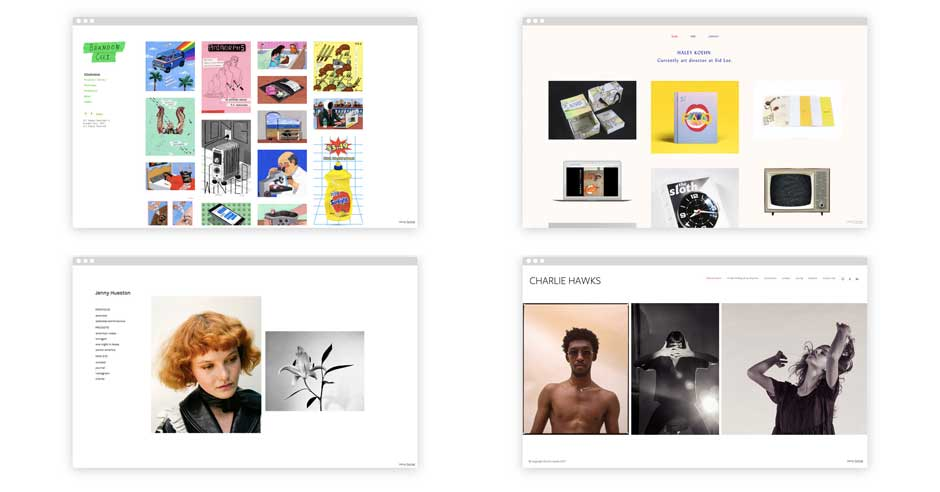
Get a Crypto Wallet
There are two types of wallets in the crypto world – cold wallets and hot wallets.
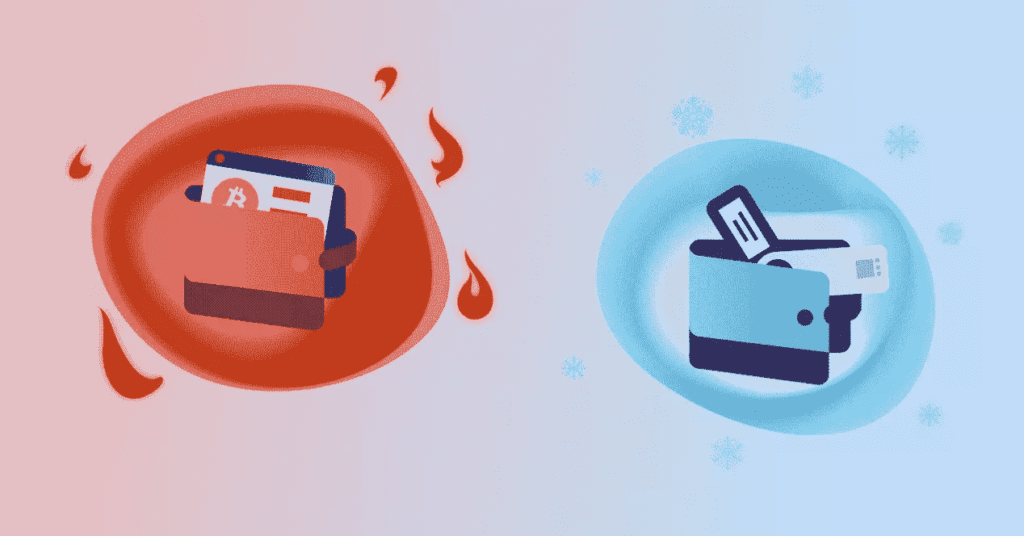
Hot Wallets
This online software complies with the NFT token standard to store these items. Some of the most popular platforms are:
- Binance wallet.
- Metamask wallet.
Metamask is a decentralized software you can install as a browser chrome extension and use to interact with the blockchain.
Cold Wallets
These are physical products that interact with the blockchain. Most NFT platforms support these wallets.
The most popular devices are:
- Trezor.
- Ledger.
Fund Your Cryptocurrency Wallet
Before going to any platform, you need to get some cryptocurrency to pay for fees. The coins you’ll get will depend on the blockchain network you want to use.
Here are some examples:
- If you’re using an Ethereum blockchain, you’ll have to use platforms like OpenSea to store Ethereum-based tokens. Hence, you need ETH to pay for transactions.
- If you use the Binance Smart Chain blockchain, you’d have to purchase BNB to pay for those fees.
You have to be extremely clear about this because many NFT marketplaces only work with one type of cryptocurrency – except for the OpenSea marketplace, which works with multiple tokens.
We recommend you start with ETH if this is the first time you mint an NFT. It’s the easiest blockchain network you can start with.
To successfully fund your wallet, you must purchase crypto tokens from an exchange like Binance or directly through the Dex available in a decentralized wallet.
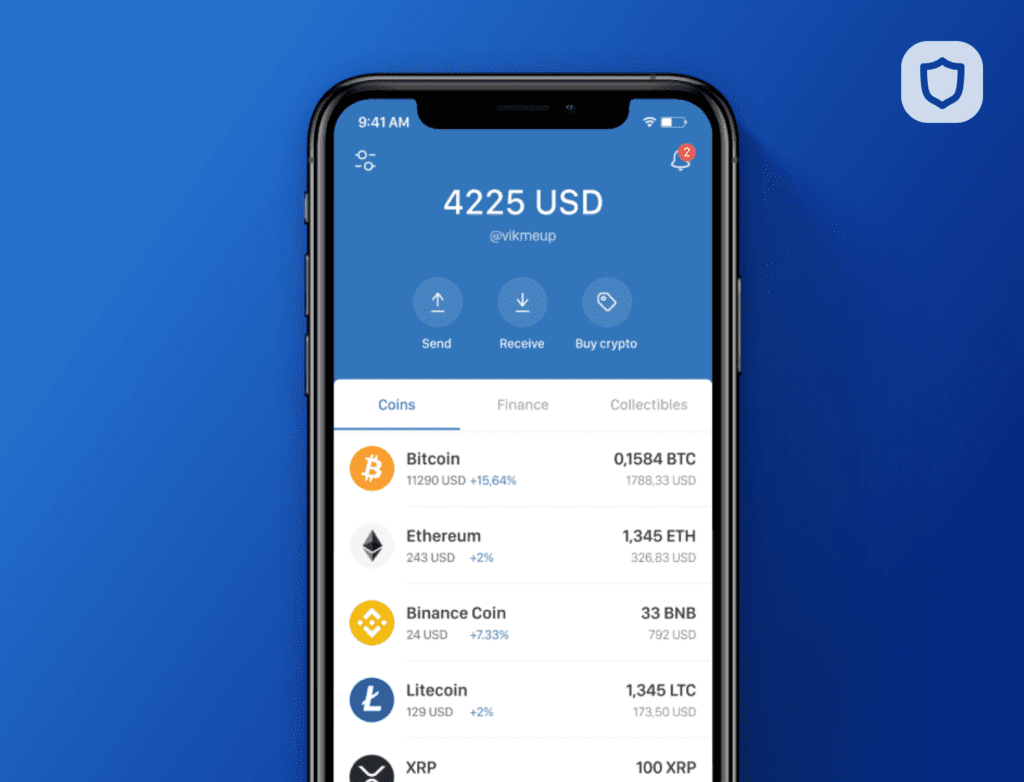
Pick an NFT Marketplace To Mint The Digital Asset
To start selling your digital assets, you need to list them in the major NFT marketplaces. You’ll only be able to publish them on the platforms that work with the blockchain network you selected.
Some of the websites available are:
- Binance NFT marketplace.
- OpenSea Marketplace.
- Rarible.
Choose carefully where you publish your assets because sometimes the largest NFT marketplace won’t work for you if you’re new.
You must also consider that the platform you use will require you to pay minting and listing fees while also charging commissions for sales.
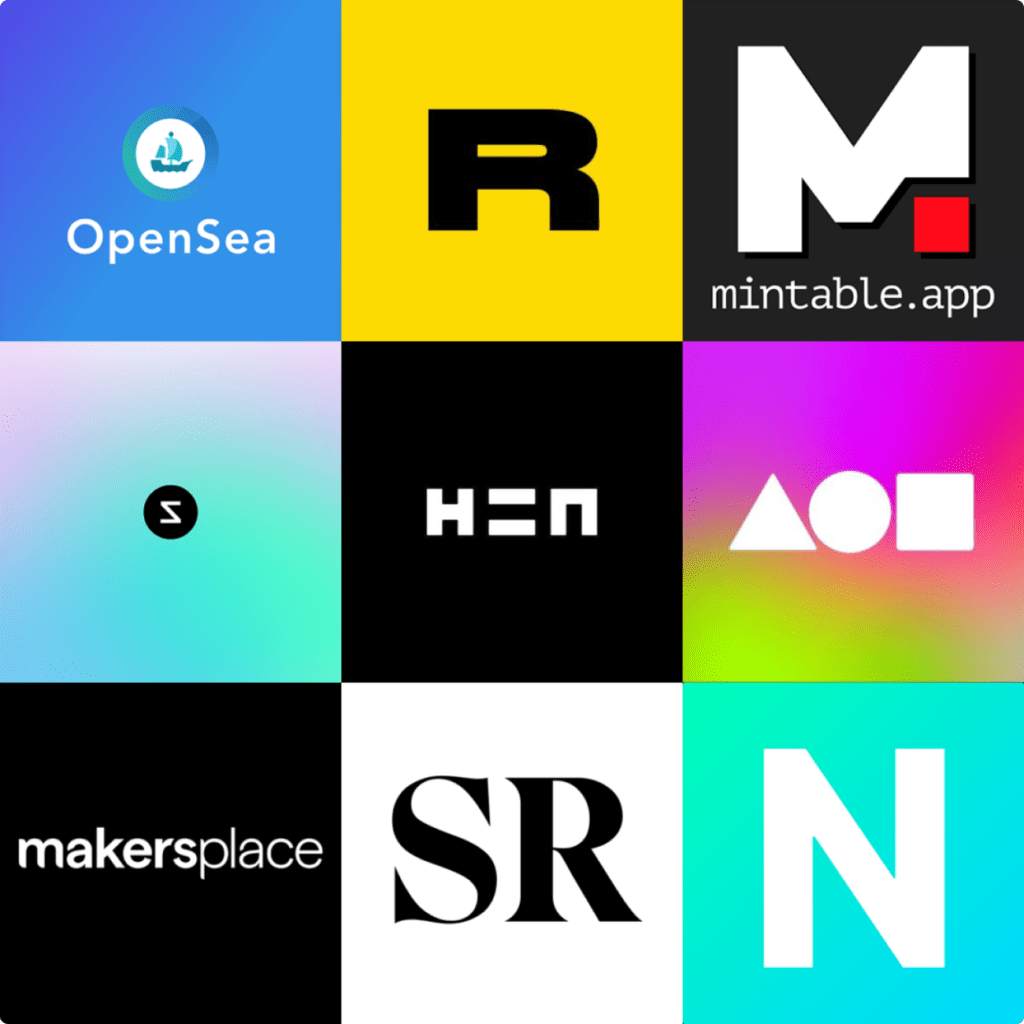
List The Crypto Collectible
Now that you’ve chosen the marketplace you want to use, you need to create your first NFT collection.
It’s easier than you think:
- Sync your wallet with the marketplace.
- Choose artworks you want to mint.
- Fill in the descriptions and characteristics.
- Sign the contract and pay the fee.
Now that they are added as part of your collection, they are also listed in the Marketplace, so you can sell digital art 24/7.

Minting An NFT On OpenSea
There are multiple platforms to mint an NFT, but this time, we’ll use OpenSea, one of the biggest marketplaces available to mint NFTs.
In this platform, you don’t need to create an OpenSea account or accept a verification email because it’s a decentralized marketplace. It also accepts multiple cryptocurrencies. Yet, most tokens are ETH blockchain-based.

Creating a Collection
Before you can use blockchain technology to create a new NFT, you need to set up a collection where to store them.
Here’s how you do it:
- Go to OpenSea and sync your digital wallet – OpenSea uses a decentralized database to show NFT collections. This means you need to connect your wallet with the platform if you want to interact with it.
- Click the profile icon and select “My Collections.”
- Press “Create a Collection” and sign in with your digital wallet – you don’t need to pay transaction fees.
- Fill in the information like digital content, image source, initial selling price, description, banner image, etc.
You’ll have to do this with all crypto collections you want to add to OpenSea.
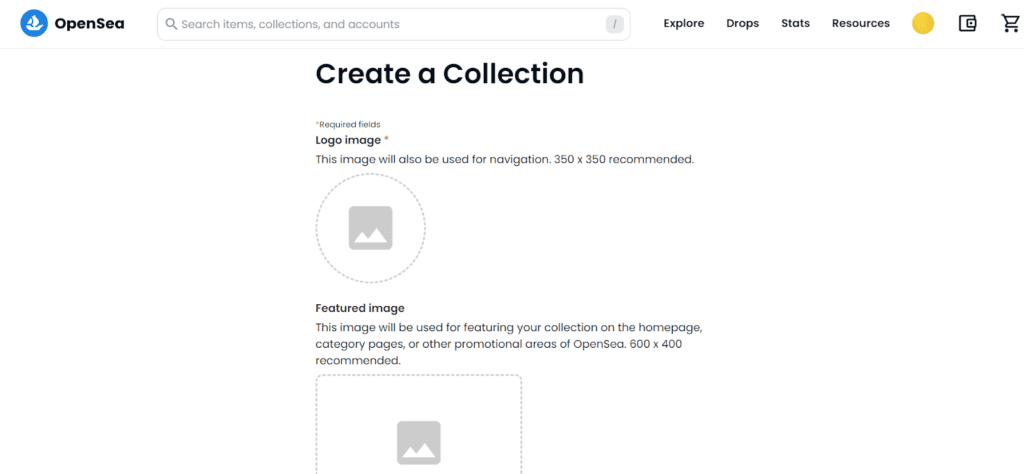
Minting a New NFT
To craft a digital item and turn it into an NFT, all you need to do is:
- Go to the collection you created.
- Select “Add New Item.”
- Upload the digital content and name it.
- Complete description and other properties to identify the asset.
- Click “Create” to complete the process.
When you click create, you’ll have to make a second transaction in crypto – usually Ethereum. This will also trigger the initial sale.
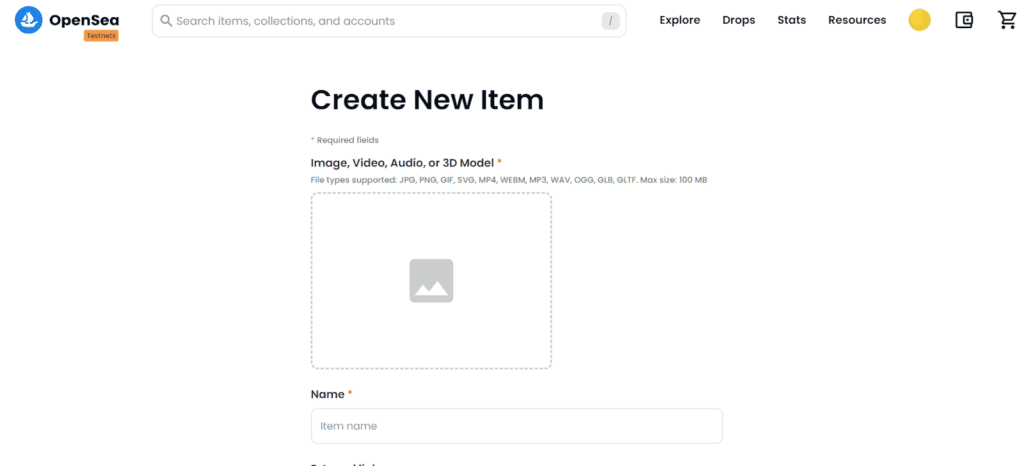
Free Minting – Is that Possible?
The Free Minting is a feature that accompanies the Lazy Minting from Rarible. This attribute allows you to mint your NFT without paying a transaction fee. Instead, the buyer is the one who pays for the gas fees.
This helps you cut down prices when you’re starting in the NFT world.
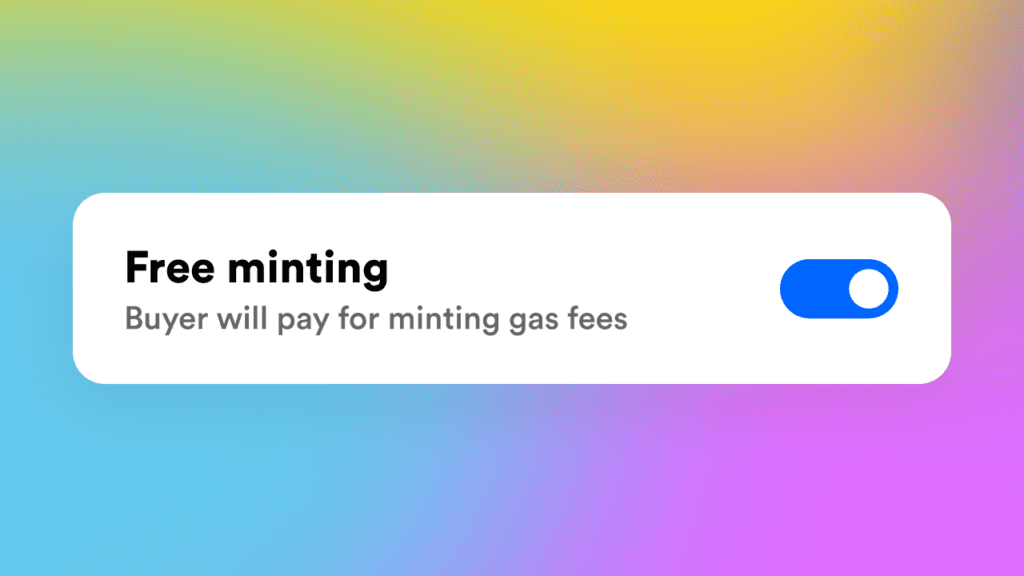
What To Do After Minting?
After having your own NFTs, what’s the next step?
You must create a community through social media pages and build a brand around your digital items. You should focus your content around exclusivity, benefits, and why investors should get your NFTs.
This will help you increase the possibilities of selling NFTs and funding further business plans.
To do this effectively, you must understand your audience and use storytelling to engage with them. It’s exactly what indie video game developers or traditional companies do to reach out to potential buyers.

What Does Minting NFT Mean – Summary
Minting NFT uses your Ethereum wallet – or any other supported wallet – to interact with marketplaces and store a blockchain-based asset.
It’s the first step to becoming a professional NFT seller using your creative abilities and monetizing them. As an NFT early adopter, it’s the chance for you to position yourself as an authority in the field.
However, be aware of all the costs associated with minting NFT. Otherwise, you could set up a final selling price that’s not enough to cover the service fee and give you a profit.
As a new owner, use social media to boost the possibilities of making your first sale. However, be prepared to pay royalties for every sale you make.